To date, there has been little combined data regarding the unique health and disability profile of school children in Northern Ireland and its relative association with social background, commonly depicted by socio-economic status (SES). Evidence suggests a gradient relationship between SES and health outcomes in children [1]. Children growing up in families with lower SES have greater likelihood of poor outcomes across a range of health domains, with childhood disability also shown to be socially pattened by disadvantaged circumstances [2].
Better understanding of this relationship may provide insights that contribute to improved joined-up policy planning and decision making over the longer term, so that we can plan services and policy to better meet the health, social care and educational needs of this group.
The overall aim of this project is to utilize available data to build a baseline profile of the health and disability of all NILS members aged 4-19 enumerated in both the 2011 Census and the 2011 school census, with data from the 2001 census added where available.
More specifically, the project will:
(i) Describe the health and disability of children aged 4-19 enumerated in 2011 Census relative to their environmental circumstances, comparing children with and without disabilities;
(ii) Describe the health and disability of children identified in (i) and enumerated in 2001 Census relative to selected household variables, comparing children with and without disabilities;
(iii) Use the relationship matrix to develop a profile of child and family variables in relation to health and disability;
(iv) Link Census 2001 and 2011 data with School Census 2011 data to identify the broad profile of the school attended by children in 2011;
(v) Look at trends in mortality in relation to health and disability over time;
(vi) Look at migration trends in relation to health and disability over time.
The findings of this pilot study will be used to inform a larger study that will explore the association of measures of individual level special educational needs and disability (SEND) (22% of the school population have SEND) with a range of health, social and economic variables.


